Eyewitness: ‘We have plenty of food ready to go into Gaza – we just need the go-ahead’
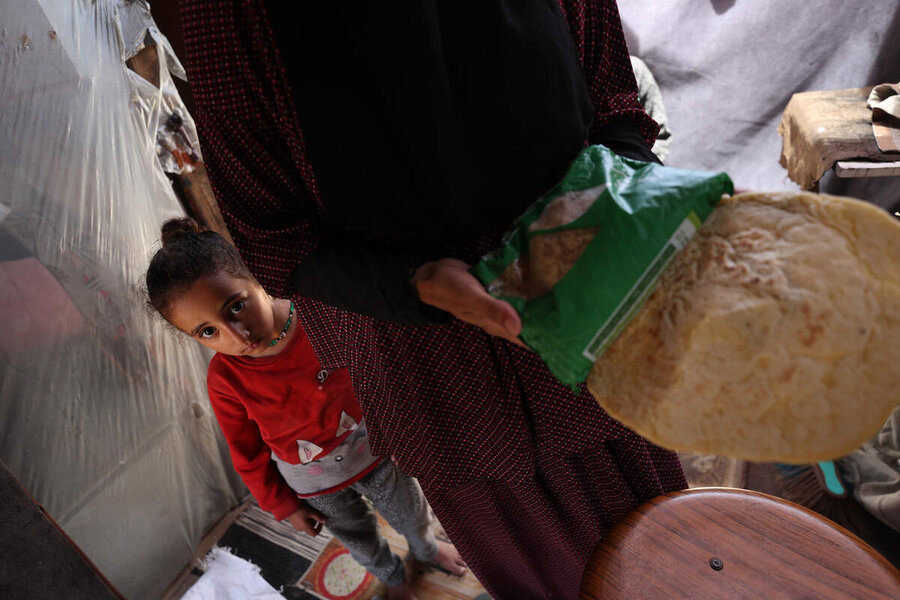
LATEST: News release, 22 May - Fresh bread returns for the first time in over two months
People in Gaza are at risk of starvation, with all aid blocked from entering since 2 March. A report by 17 United Nations agencies and NGOs released last week says 470,000 people face catastrophic hunger – level 5 on the Integrated Food Security Phase Classification, the global standard for measuring food insecurity. It also projects that 71,000 children and more than 17,000 pregnant and breastfeeding women will need urgent treatment for acute malnutrition.
Below, three World Food Programme (WFP) staff share their perspectives: two who visited Deir el-Balah, in the heart of Gaza, in May, and one from Gaza herself.
‘We need to serve people where they are - fast’
Antoine Renard, Country Director, WFP Palestine Country Office
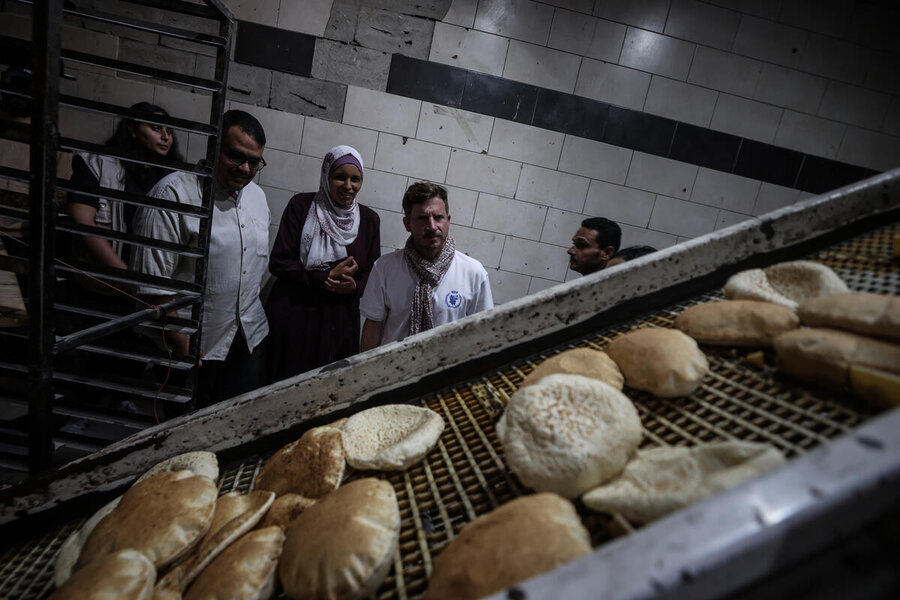
Since a network of 25 WFP-supported bakeries closed, we’ve faced significant challenges in keeping bread access alive. Why? Because we don’t have enough wheat flour.
The cultural significance of the absence of bread in Gaza cannot be overstated – bread is life. As one person told me: “No bread, no Gaza.”
Families crush pasta for flour so children can have something resembling bread on the table.
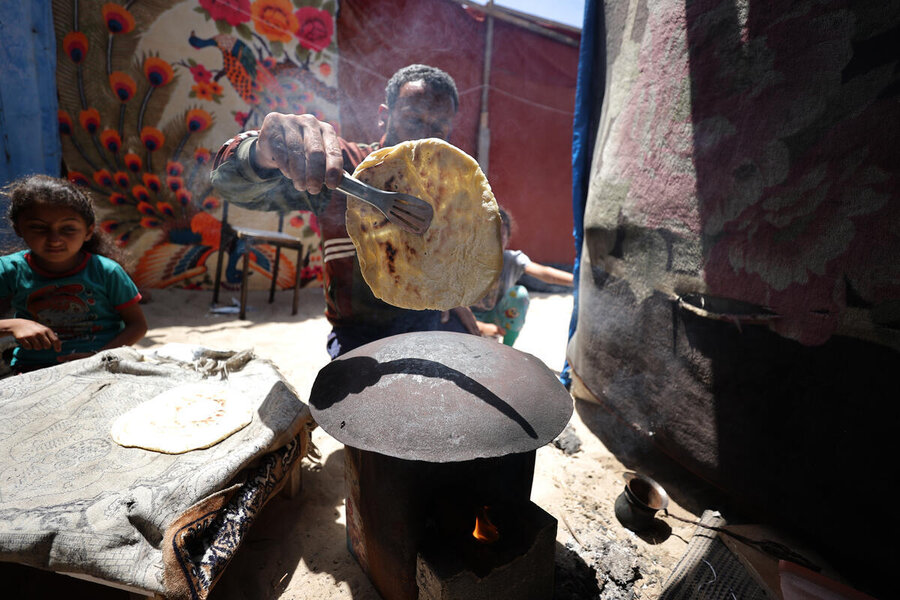
War resumed on 18 March – with no fuel, no food, supply chains are withering people are left asking: “Will we have a meal tomorrow?”
WFP used to provide affordable bread. A bundle of 21 loaves used to cost two to three shekels (less than US$1). But now a 25kg bag of wheat flour costs over US$500 – even then, it is likely to have severely deteriorated.
It’s not just humanitarian assistance that’s stopped – we don’t have commercial goods coming in. The private sector relies on commercial goods. People in Gaza shouldn’t have to rely on humanitarian partners to survive.
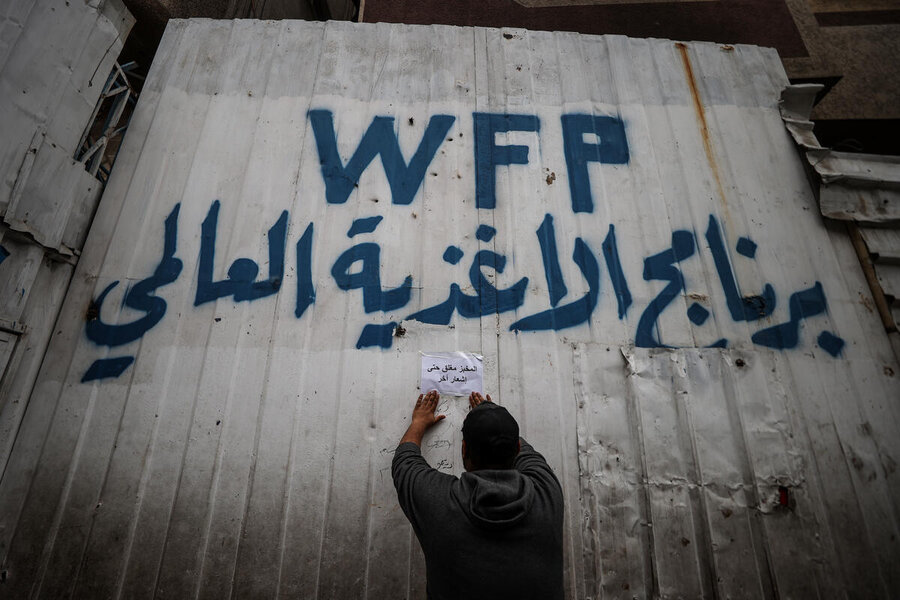
WFP needs the border closures to end. We need food parcels to come in, but that’s not enough. People also need fresh food that they have been lacking for too long.
There’s a high risk of famine. Two weeks ago, 180 kitchens (supported by the Food Security Sector, a humanitarian coordinating body) were still operating, serving 1 million people. Today, only 61 are running, reaching fewer than 250,000 people.
It’s unacceptable. People can’t move. They can’t afford transport. They can’t risk going to the market in the current circumstances – they might be attacked, face gangs, or be bombed. We need to serve people where they are – fast.
‘A boy sold his last toy to buy a piece of bread’
Kate Newton, Deputy Country Director, WFP Palestine
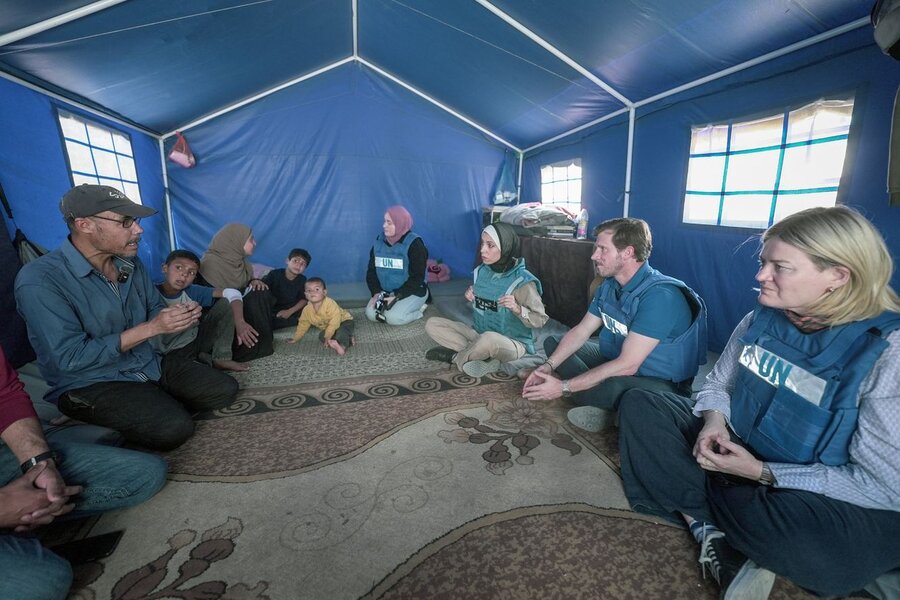
We’ve been up and down the Strip and seen with remarkable consistency that there is no food. We’ve been in people’s tents. They’ve shown us their cooking pots.
We’re sure that people are now going to bed hungry every day and that there’s a real risk of people starting to starve. People are living among rubble, in tents, with no cooking facilities.
One woman told us she went to one of the remaining hot meal kitchens and there wasn’t even any rice. She was only able to take a pot of soup containing a pot of soup containing 16 beans to her family of five.
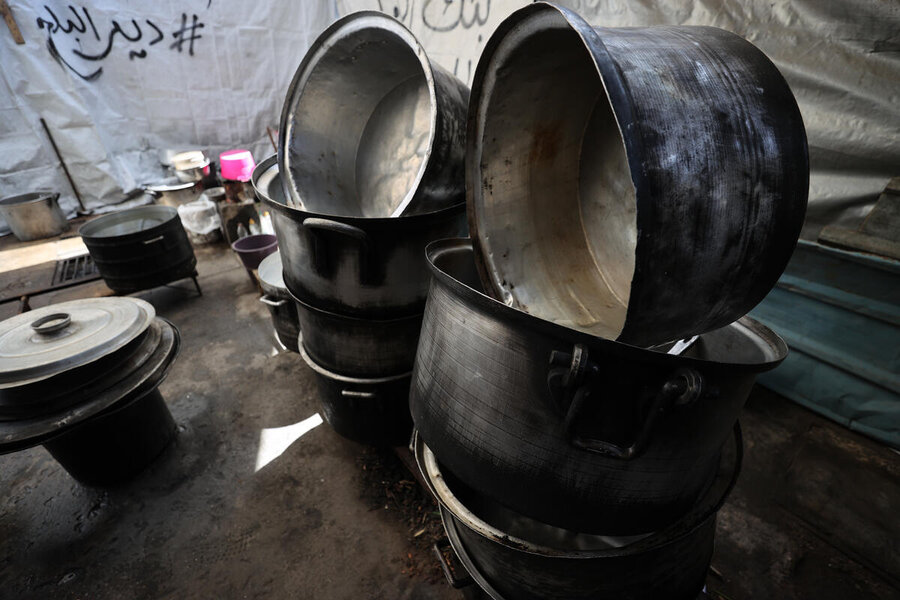
There’s real hunger here, and we’re very concerned about it. Before 2 March, WFP served hot meals to 1 million people daily. Now, it’s fewer than 25,000 people through 2 kitchens, one in Deir el-Balah and one in Khan Younis.
That means less than half of the people who are desperately hungry can get any kind of hot food from us. They have no food stocks, very little cash, and the markets are empty.
Stories our staff hear from families are heartbreaking, like the small boy who sold his last toy to receive a piece of bread. WFP has plenty of food ready to enter Gaza. We have stocks outside the Gaza Strip that can be brought in easily and readily. We just need support to be able to do that.
‘Famine doesn’t happen overnight’
Nour Hammad, Humanitarian worker, WFP Palestine
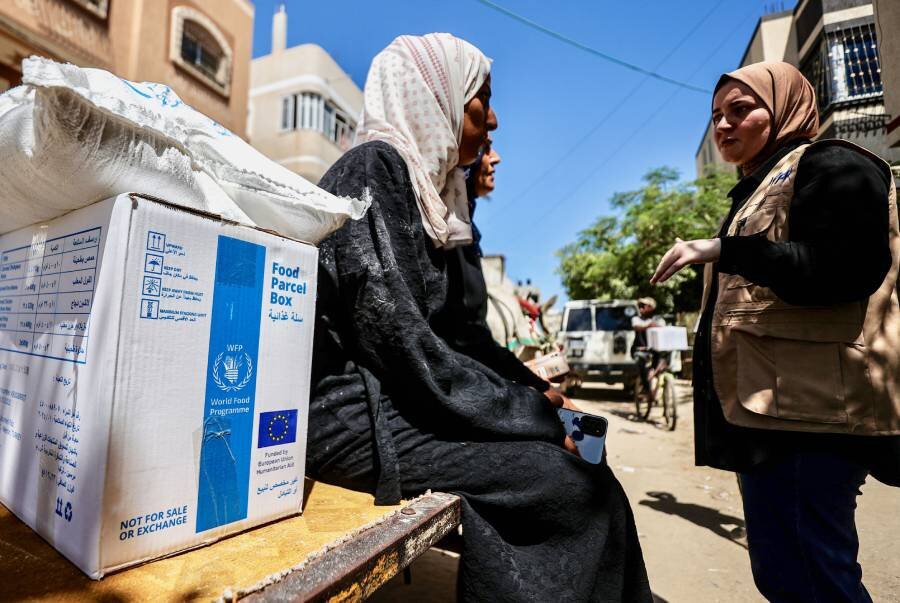
Initially, we thought the closure of border crossings would last a day or two. But it quickly became clear to our team that we were heading into a potentially prolonged crisis. Since 2 March, the WFP team has been working tirelessly to stretch the limited food stocks remaining, trying to reach as many families as possible.
As airstrikes resumed on 18 March, it sank in that the war was back. In early March, many commodities were still available in the market. I remember seeing – and buying – cheese, snacks, and basic items. But by the end of March, everything started to disappear. More people turned to WFP for help.
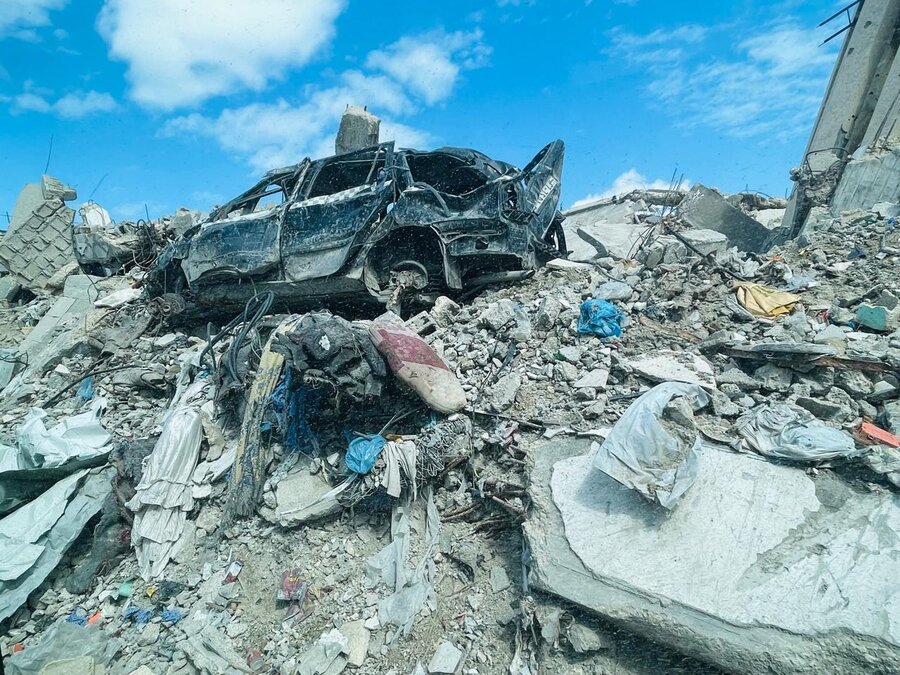
By 1 April, the most devastating plot twist happened for people who depended on our humanitarian assistance: all our supported bakeries shut down. People were terrified. If the biggest humanitarian agency in this context can’t help bakeries stay open – if we’re losing bread from the table – what’s next?
April was a period of depletion: people started running out of basics slowly but steadily. Wheat flour, vegetable oil, and staple Palestinian commodities began disappearing from the market and people’s stocks. Supermarkets started running out of food one after the other and closed their doors. This alarmed people; it highlighted the uncertain future and the grim reality across the Gaza Strip.
By the third week of April, some families had run out of everything, and more were heading to hot-meal kitchens. Others relied on canned food or whatever was left of what they received at humanitarian distribution points.
The first week of May was disastrous. The people we serve were resorting to the worst coping mechanisms.
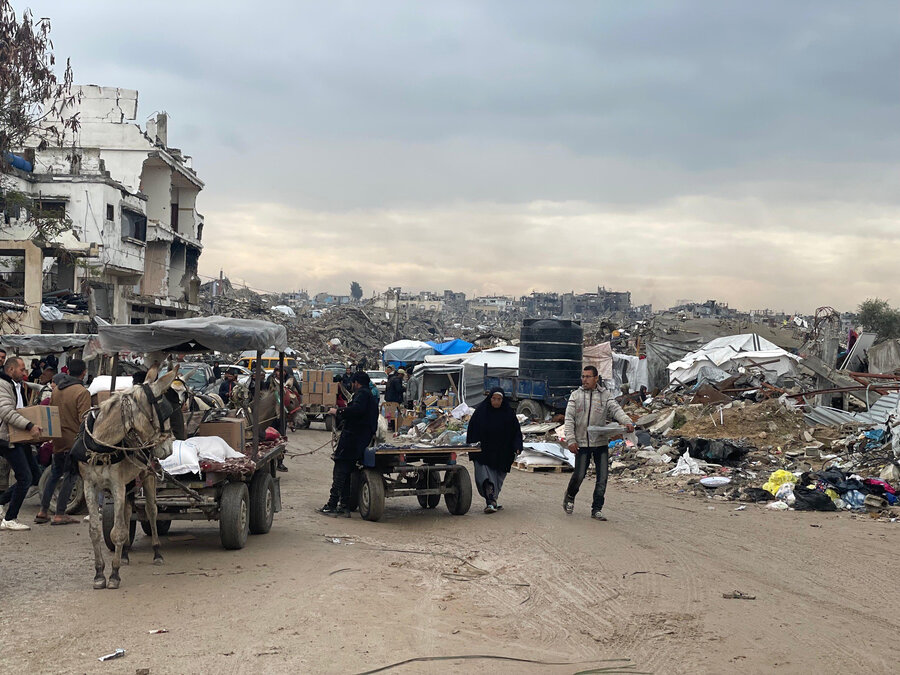
In the market, you could only find spoiled, infested flour with the worst smell imaginable. But when that’s all there is, you use it.
We started undertaking more field missions to listen to the people of Gaza, hear their voices, and better understand their needs in these extreme shortages.
People try to put something on the table when so little is available. Women skipping meals so their children can eat what little there is feel dizzy and exhausted.
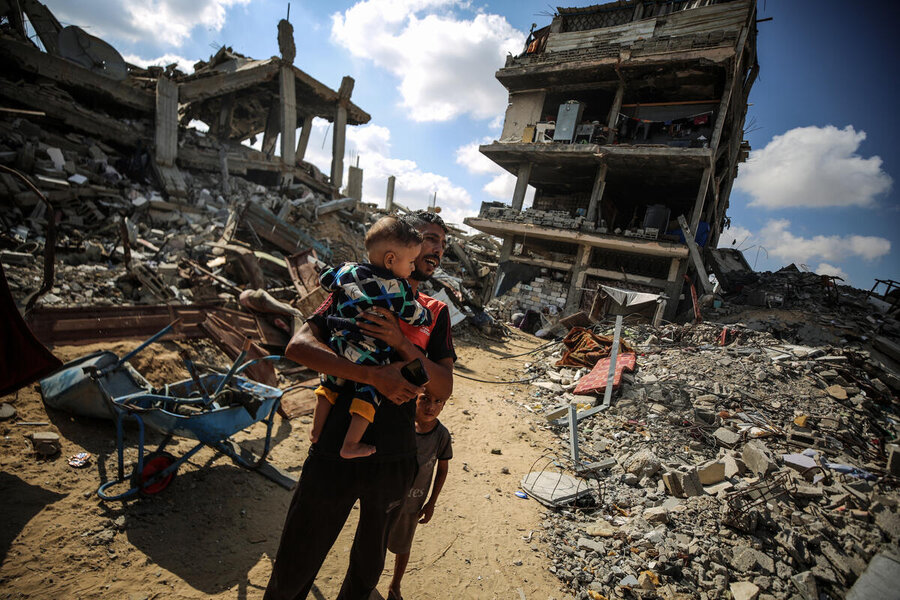
Parents put their children to bed early so they don’t have to try to find dinner. With the continued closure of the borders, we often hear from Palestinians here that it feels like a slow death sentence.
Famine doesn’t happen overnight. You slowly lose access to food. Then you lose weight. Then you lose your strength.
And what haunts us most as humanitarian workers is hearing people say they’d rather die from an airstrike than go through the suffering of a lack of food and lie to their children about their next meal.
